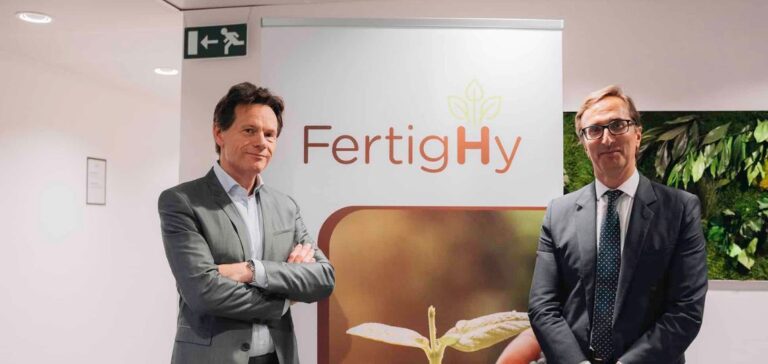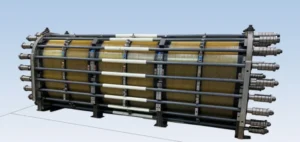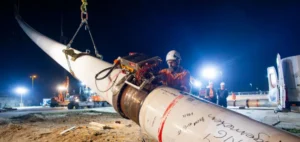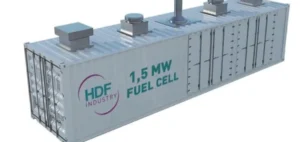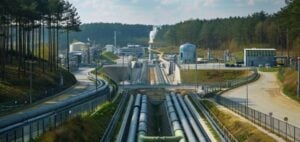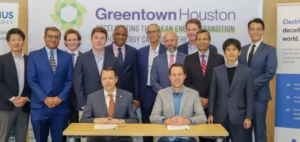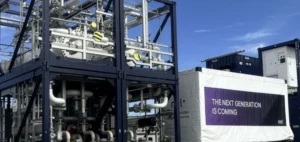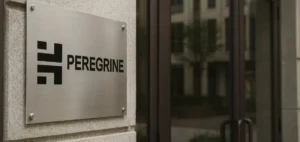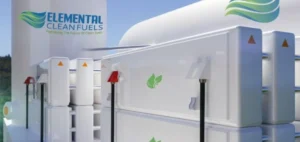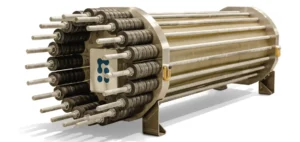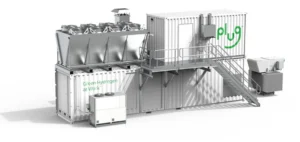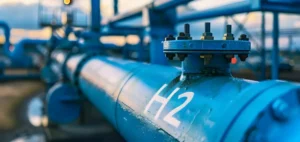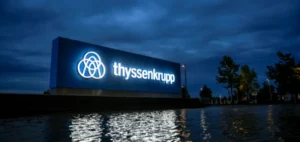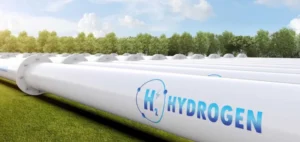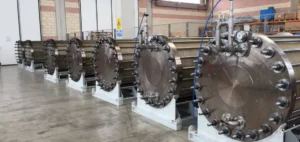FertigHy, a consortium of major players inEurope’s energy andindustrial sectors, has unveiled plans for its first low-carbon fertilizer plant in the Hauts-de-France region. The project, estimated to cost 1.3 billion euros, aims to produce 500,000 tonnes of decarbonated nitrogen fertilizer a year, covering 15% of French consumption. The location in Languevoisin is strategic, not only in terms of logistics, but also in terms of the potential for regional economic revitalization, with the planned creation of around 250 direct jobs.
Innovation and Green Technologies at the Heart of the Project
At the heart of FertigHy’s innovation lies the use of water electrolysis, a technique that produces hydrogen without CO2 emissions. This process replaces the natural gas traditionally used to synthesize ammonia for nitrogen fertilizers. The hydrogen produced is then combined with nitrogen from the air to form decarbonated ammonitrate, used in field crops. This approach could revolutionize fertilizer production in Europe, significantly reducing the agricultural sector’s carbon footprint.
Economic challenges and market competitiveness
The transition to decarbonized fertilizers represents a major economic challenge. Despite a higher initial cost compared with traditional fertilizers, FertigHy expects to remain competitive thanks to future regulations on imports of non-decarbonated fertilizers. From 2034, importers will have to pay green taxes under new European regulations, which will increase the cost of traditional fertilizers and make decarbonized alternatives more attractive.
Ecological and Strategic Impact for Europe
FertigHy’s initiative is part of a broader drive for energy sovereignty and independence from external suppliers, particularly Russian, in the current geopolitical context. By reducing dependence on Russian fertilizer imports, which account for a significant share of the European market, the project contributes to Europe’s food and energy security. What’s more, by aligning fertilizer production with the objectives of the European Green Deal, FertigHy is not only positioning itself as an industrial player, but also as a leader in the continent’s ecological transition.
The FertigHy project illustrates a remarkable convergence of technological innovation, business strategy and environmental commitment. By launching this low-carbon fertilizer plant, the consortium is not only meeting impending regulatory requirements; it is also redefining industrial production standards towards a more sustainable and responsible model.


